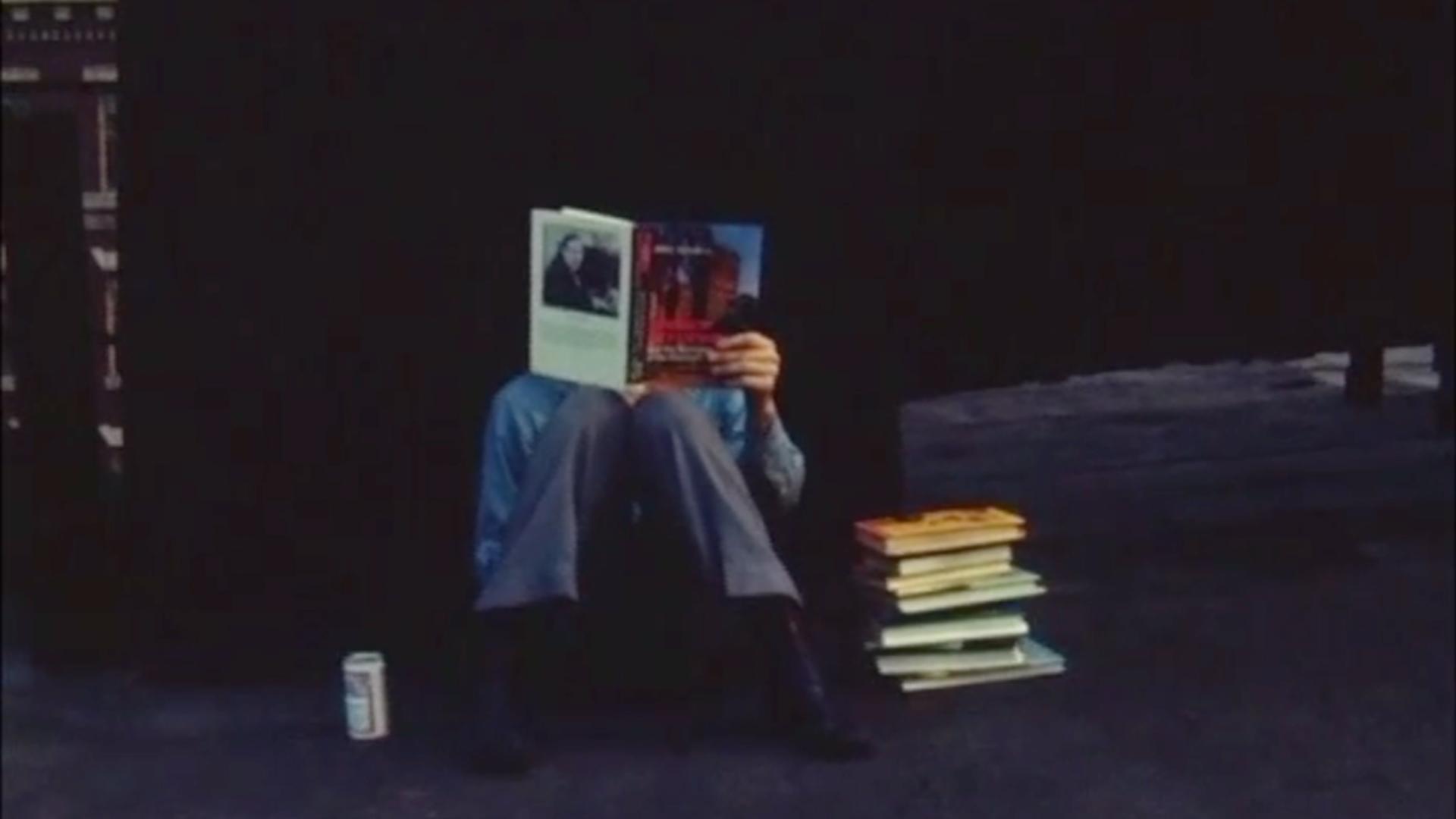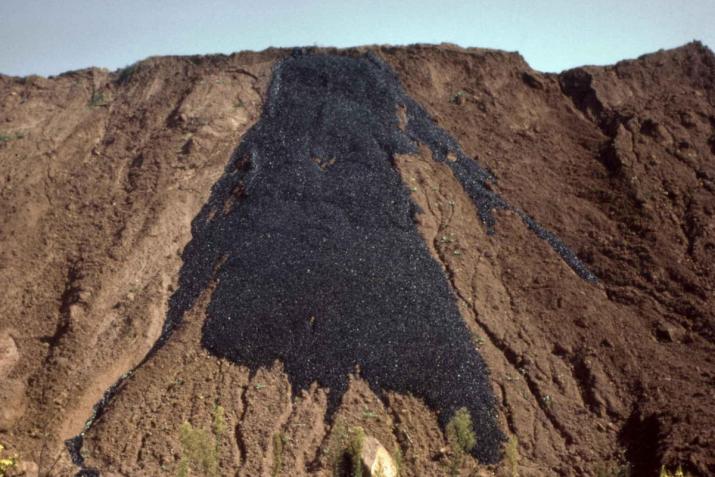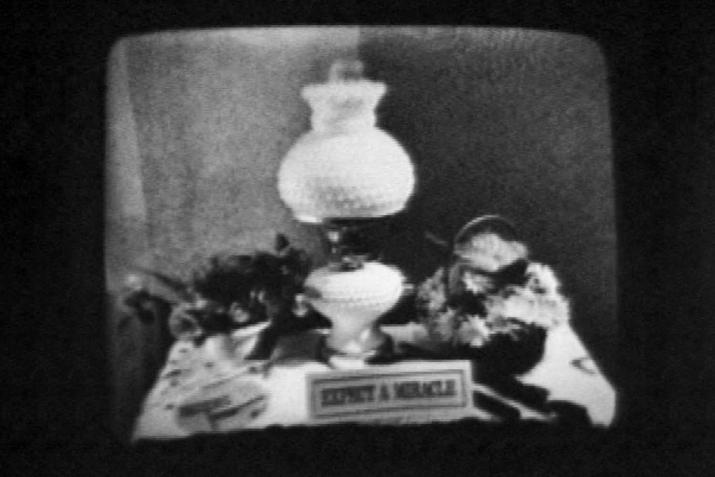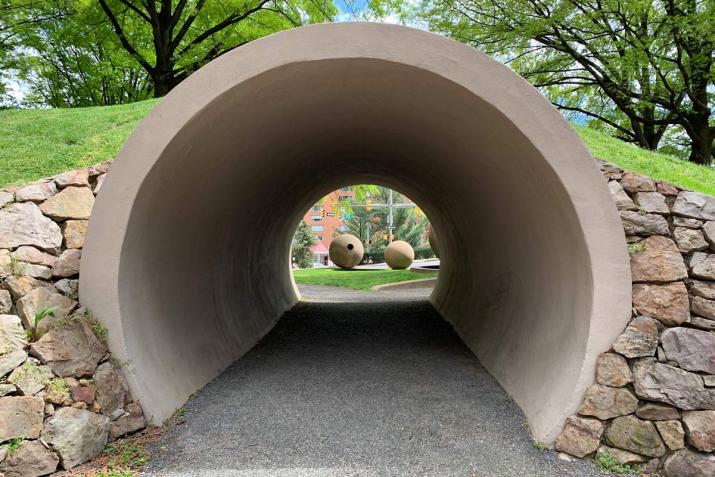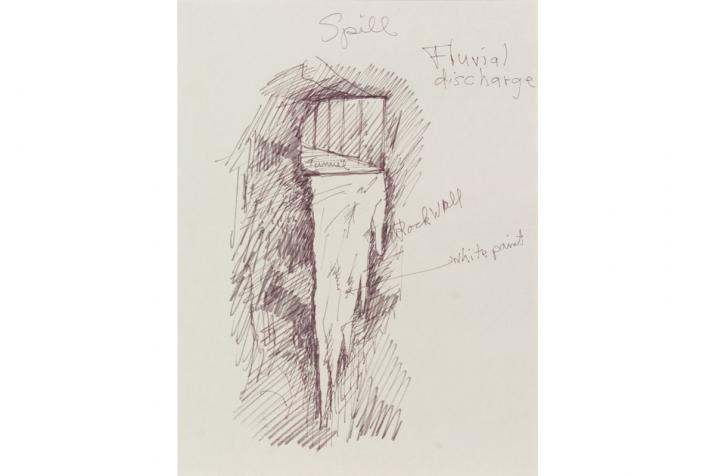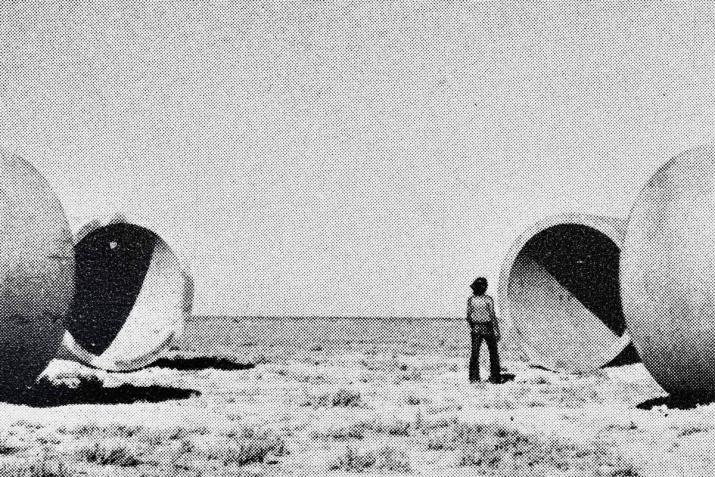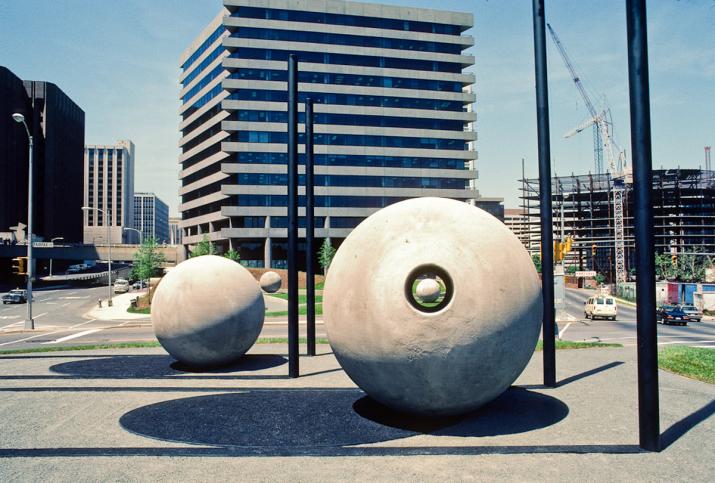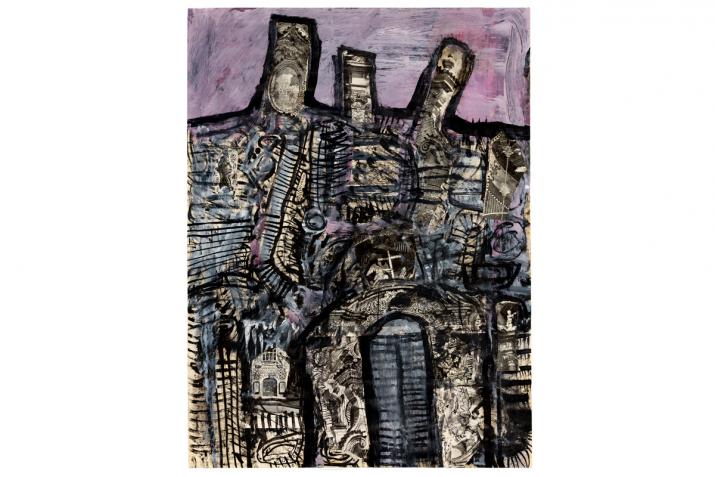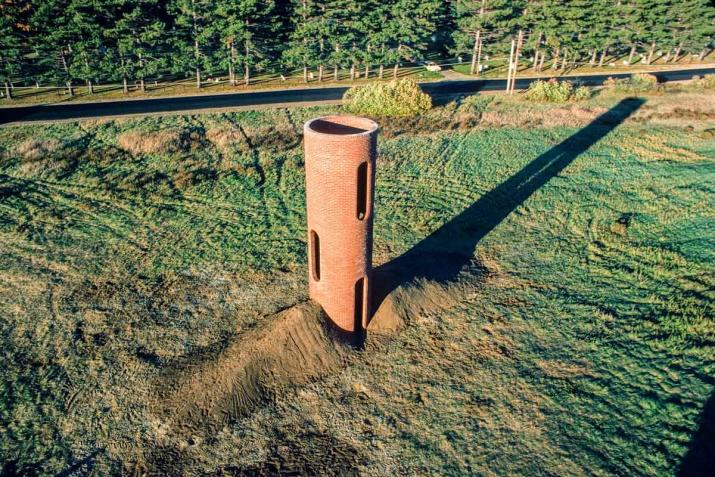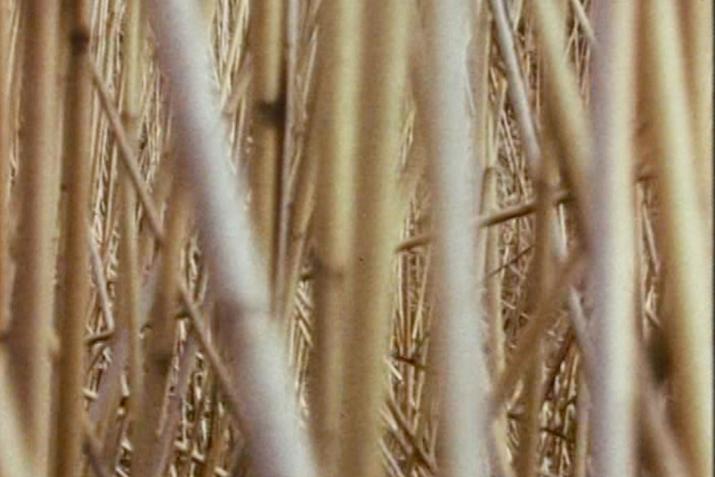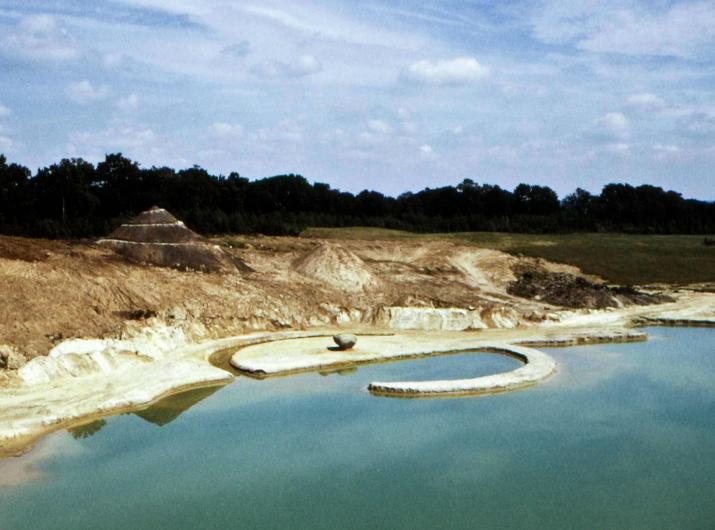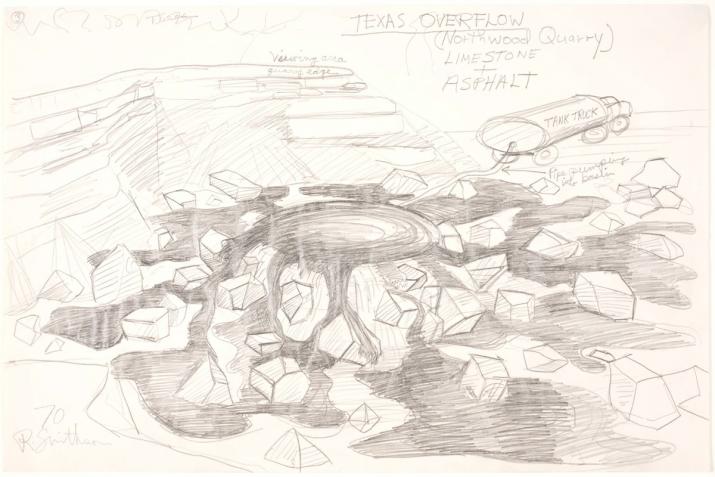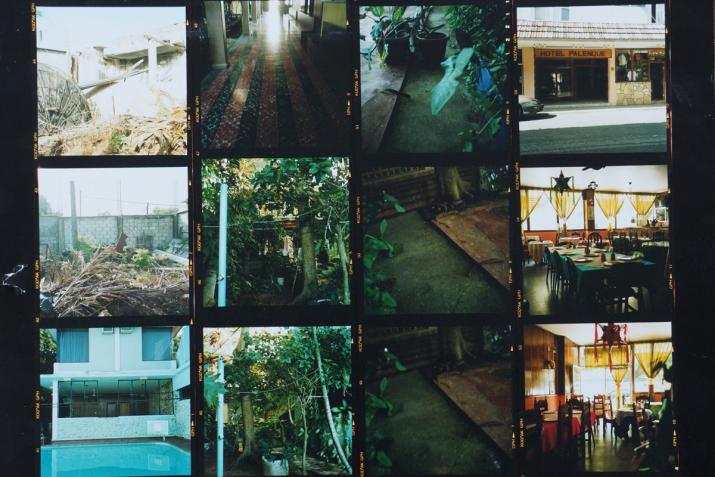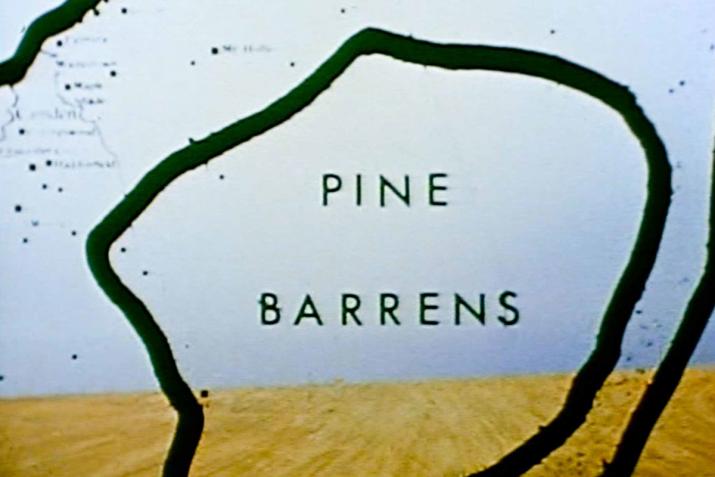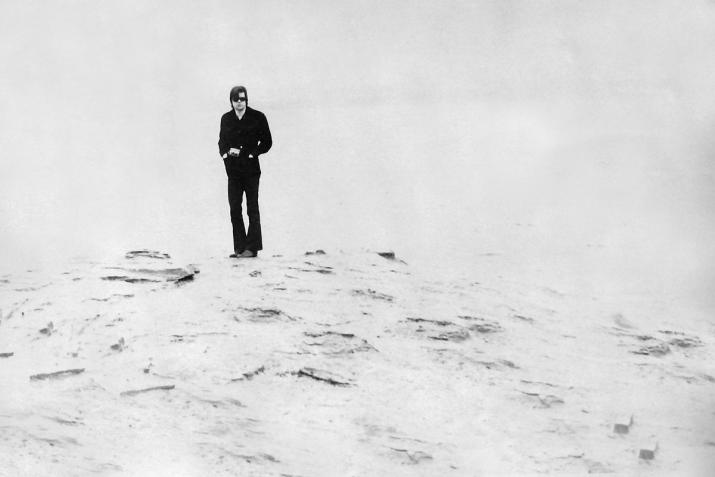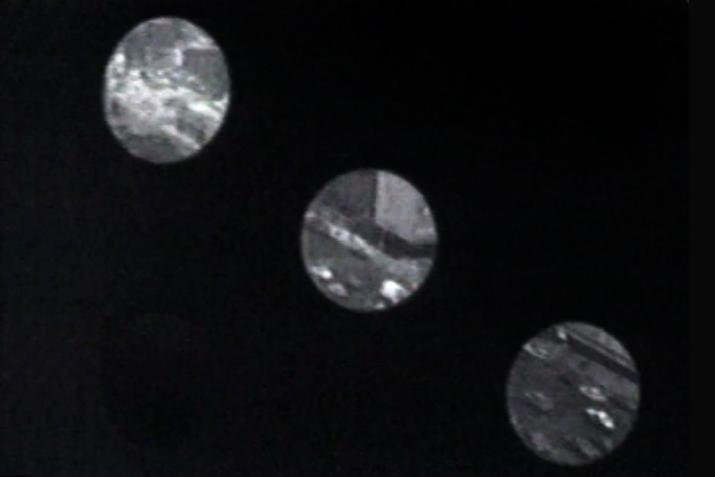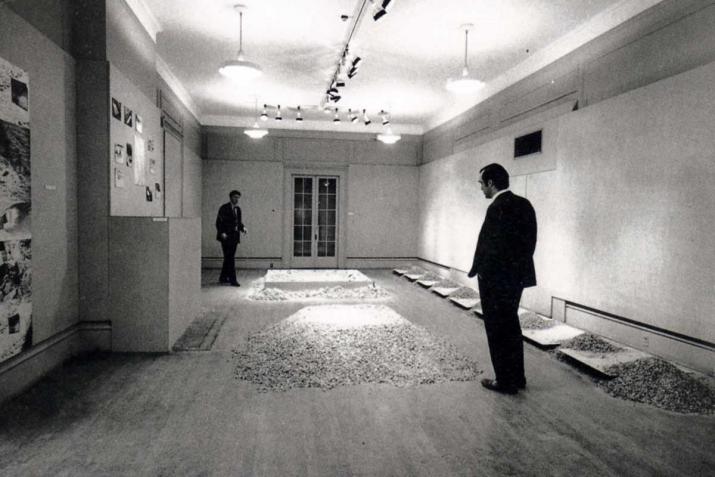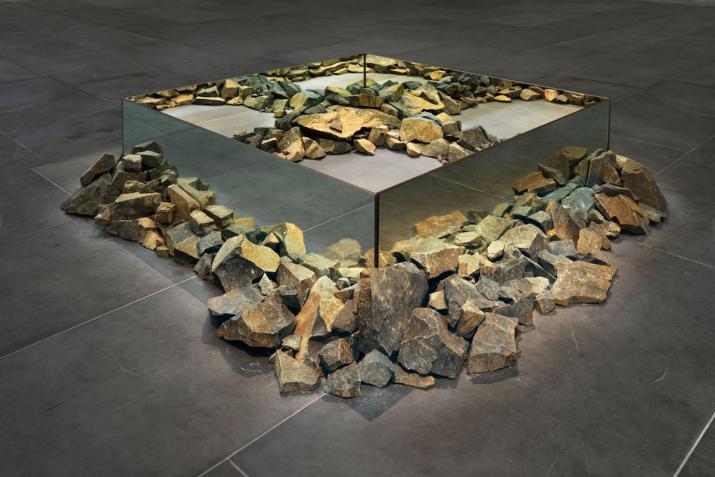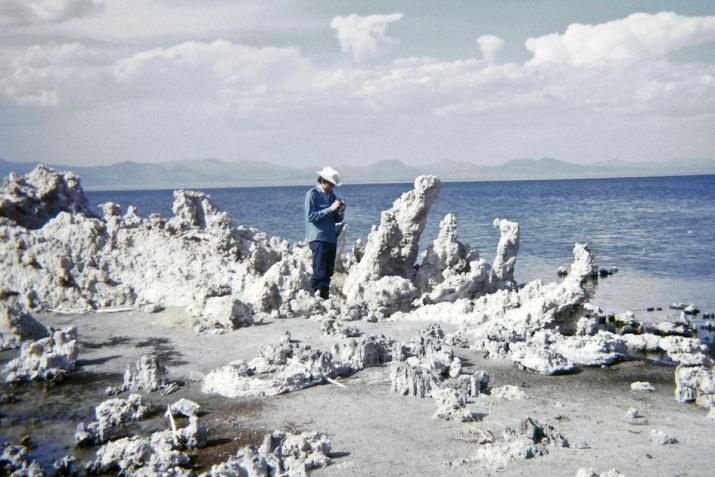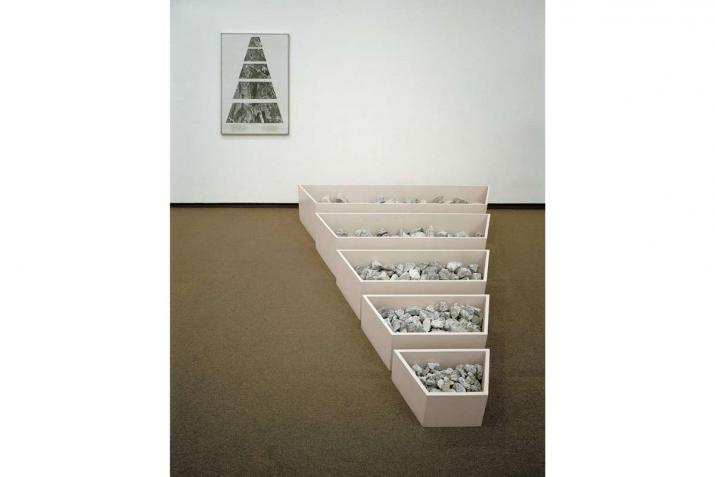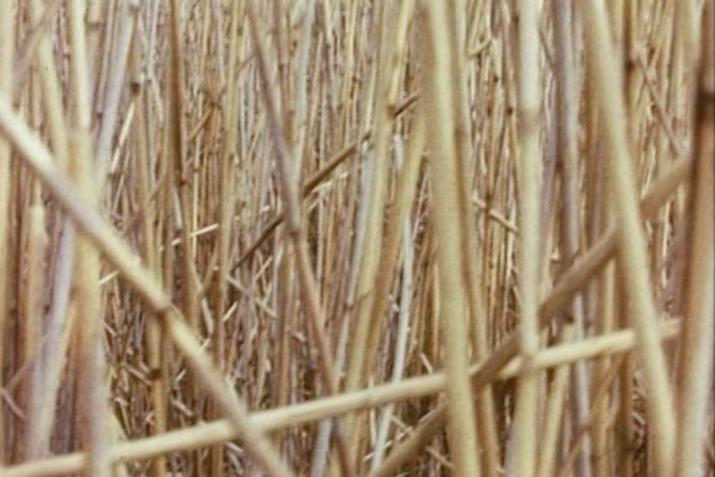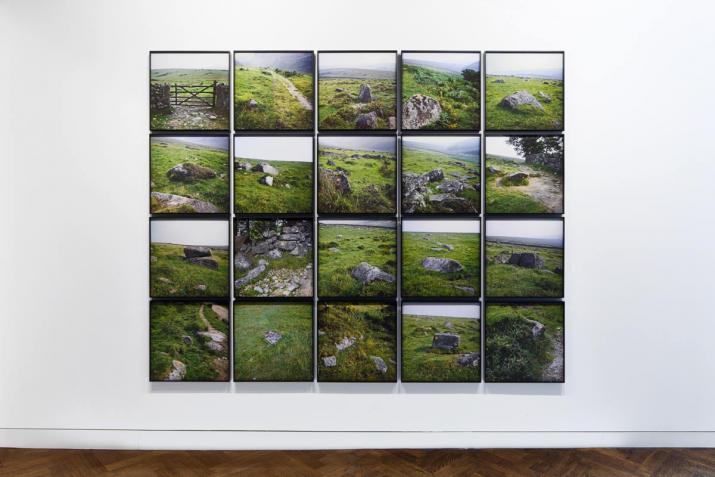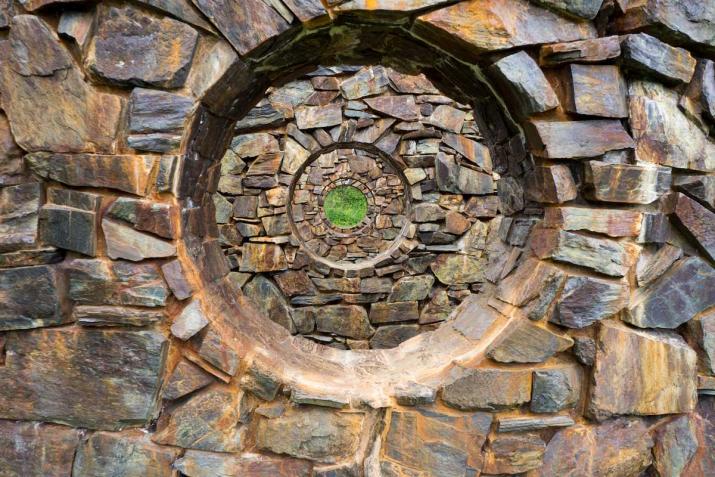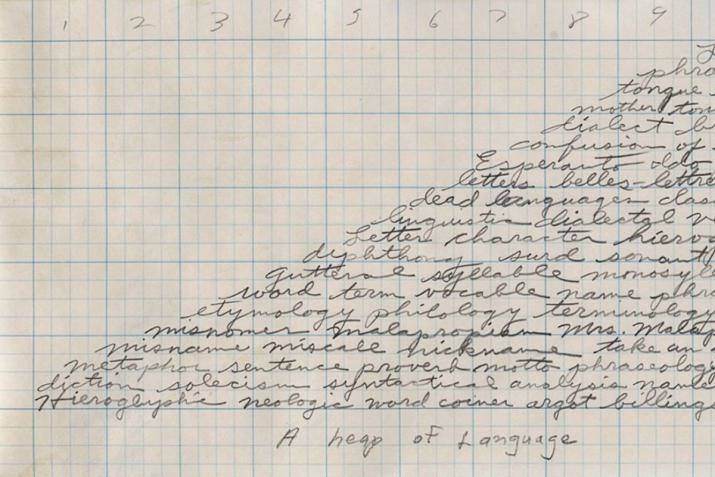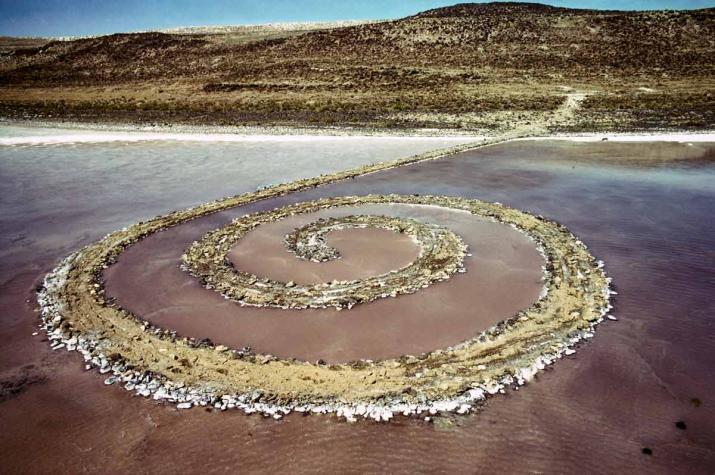Our Scholarly Text Program commissions and publishes new writing on single artworks by Holt and/or Smithson.
A tool for researchers at all stages, our Scholarly Text Program invites thinkers from a range of disciplines to write 1,200 words on a work by Holt and/or Smithson that is necessary and urgent for today. The authors explore how Holt and Smithson’s ideas resonate through artistic and cultural production in the present, exploring topics ranging from geology to ecology, poetry, architecture, science fiction, public art, sculpture, drawing, film, exhibition histories, philosophy, and all the stops between. The Scholarly Text Program will publish two essays on each work, presenting differing opinions and approaches. Each essay includes images selected by the author, a short bibliography, citation reference, and endnotes pointing to the author’s references.
